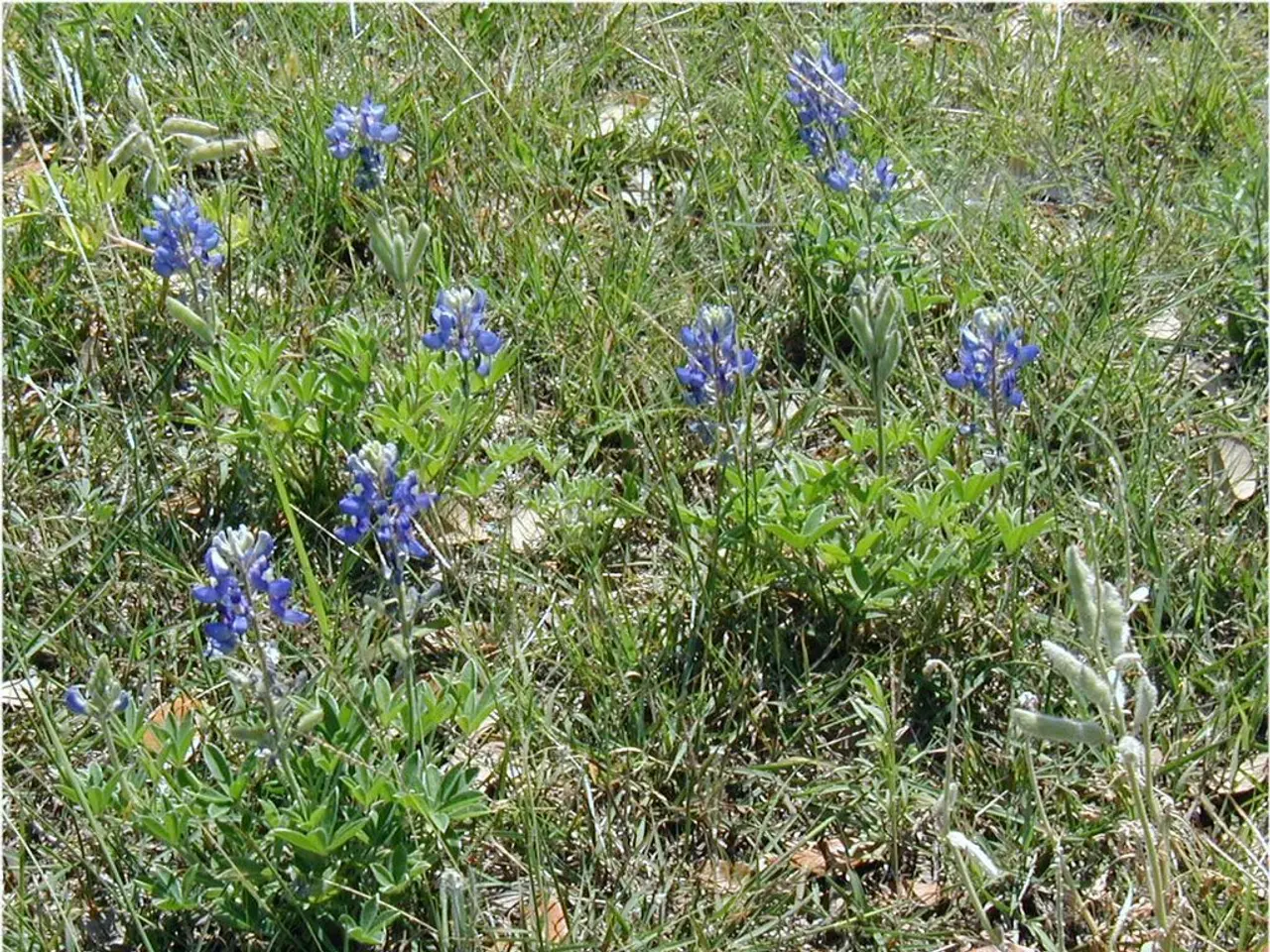Method of solarizing to eliminate weeds without plowing: a practical guide
In a bid to maintain a chemical-free garden, one gardener has turned to an innovative method called solarization to tackle an aggressive perennial weed. This approach, which harnesses solar energy to heat the soil and kill weeds, seeds, and soil pathogens, has proven to be effective in preparing heavily overgrown garden beds.
Solarization works best after removing large debris and leveling the soil. The soil should be watered deeply (up to 12 inches) before covering to improve heat conduction. Clear plastic sheeting is used, secured tightly to prevent heat loss; it traps solar radiation, raising soil temperatures enough to kill weed seeds, roots, and some pathogens. The process typically takes 6 to 8 weeks, making it relatively slow compared to mechanical removal but efficient for thorough control of weeds and soil-borne problems without chemicals.
The gardener's first attempt involved covering the beds with transparent polyethylene, but the grass remained alive, and a greenhouse effect was created. Recognizing the need for a more effective solution, the gardener switched to a dense, dark agrotextile. This cover blocks light and warms the soil, making it ideal for solarization. The agrotextile cover was left on the plot from July 16 to August 1.
During this period, the plot endured 25 cm of rainfall and two strong storms, yet the agrotextile cover held up. Upon removing the cover, the plot was completely cleared of weeds and ready for planting. The leeks left in the ground under the fabric were unharmed.
To make the most of the space, the gardener sowed peas on a trellis, beans, kohlrabi, carrots, cabbage, broccoli, lettuce, beets, kale, radish, and turnip seeds. The result was successful, with the plot becoming clean without extra effort or tilling.
The mulch layer is currently thin due to some hay being used for compost and some being scattered by the wind. However, this method may be an effective solution for clearing weeds without manual labor, making it an attractive option for many gardeners.
Sources: - LawnLove Blog - Livingston Parish News
This gardener chose an innovative method, solarization, to maintain a chemical-free lifestyle in their home-and-garden, specifically in the garden, by utilizing solar energy to eliminate aggressive weeds. To effectively carry out solarization, the gardener used a dense, dark agrotextile cover to block light, warm the soil, and trap solar radiation, ultimately killing weed seeds, roots, and pathogens.




